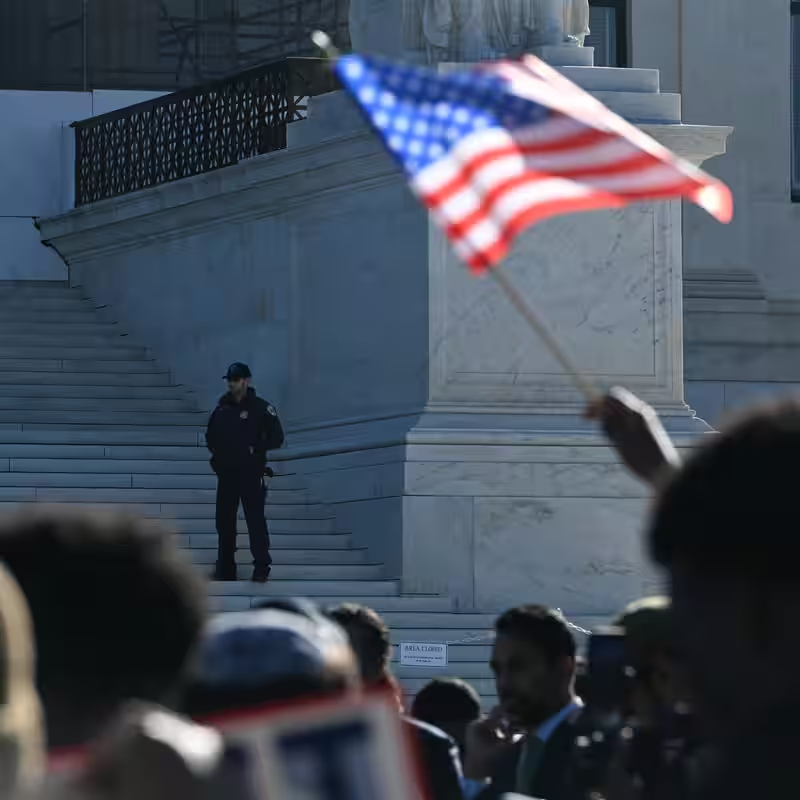Table of Contents
- Supreme Court Case Threatens Core of Voting Rights Act
- What’s at Stake for Democrats and Republicans?
- The Redistricting Arms Race Begins
- Minority Representation in Peril
- States Could Gain Unchecked Redistricting Power
- Sources
Supreme Court Case Threatens Core of Voting Rights Act
In a pivotal moment for American democracy, the U.S. Supreme Court appears ready to strike down a key provision of the Voting Rights Act—a landmark civil rights law that has shaped electoral fairness for six decades. During oral arguments this week, a majority of justices signaled skepticism toward Section 2 of the Act, which requires states to draw congressional districts that empower minority voters to elect candidates of their choice.
If the Court rules as expected, it could dismantle one of the last federal safeguards against racially discriminatory redistricting—opening the door to sweeping political realignment across the country.
What’s at Stake for Democrats and Republicans?
The implications are starkly partisan. Analysts estimate that eliminating Section 2 protections could hand Republicans anywhere from 12 to 19 additional House seats—potentially locking in GOP control of Congress for years, if not decades.
| Source | Estimated GOP Seat Gain |
|---|---|
| The New York Times | Up to 12 seats |
| Fair Fight Action & Black Voters Matter Fund | Up to 19 seats |
While Republicans have remained publicly quiet—neither the RNC nor the NRCC issued statements—Democrats are sounding alarms. DNC Chair Ken Martin called the potential ruling “a major, generational step back in our fight for racial justice and fair representation.”
The Redistricting Arms Race Begins
With federal constraints potentially vanishing, both parties are bracing for an intensified battle over state-level power. Control of redistricting hinges on achieving a trifecta—governorship plus both legislative chambers.
Currently, Republicans hold trifectas in 23 states; Democrats in just 15. That imbalance could translate into durable Republican advantages in future maps, especially in the South and Midwest.
“We’re talking about a massive political realignment of the way Americans are represented,” said John Bisognano of the National Democratic Redistricting Committee. “You’re opening the door to a House that represents chunks of power—not people.”
Minority Representation in Peril
For communities of color, the stakes are deeply personal. Majority-minority districts—crafted under Voting Rights Act mandates—have enabled the election of Black, Latino, and other underrepresented lawmakers.
Rep. Yvette Clarke (D-NY), chair of the Congressional Black Caucus, warned: “We stand to lose many, many seats.” She emphasized that losing these voices could derail progress on issues like fair housing, healthcare access, and voting rights themselves.
Without Section 2, caucuses like the Congressional Hispanic Caucus and the CBC may shrink, diluting their influence on national policy.
States Could Gain Unchecked Redistricting Power
In a post–Voting Rights Act landscape, states would operate with minimal federal oversight. This could lead to extreme gerrymandering, single-party dominance, and reduced electoral competition.
However, experts caution that practical realities—like protecting incumbent Republicans such as Speaker Mike Johnson in Louisiana—may temper the most aggressive redistricting plans. “There are political considerations in every state,” noted Adam Kincaid of the National Republican Redistricting Trust. “This is all really hard to forecast.”
Still, the trend points toward greater polarization. “Having 50 states each unbound in the districts they can draw… is going to further drive states away from each other,” said former New York state senator Daniel Squadron.
Sources
Parties Brace for a Political Future Without the Voting Rights Act – The New York Times




